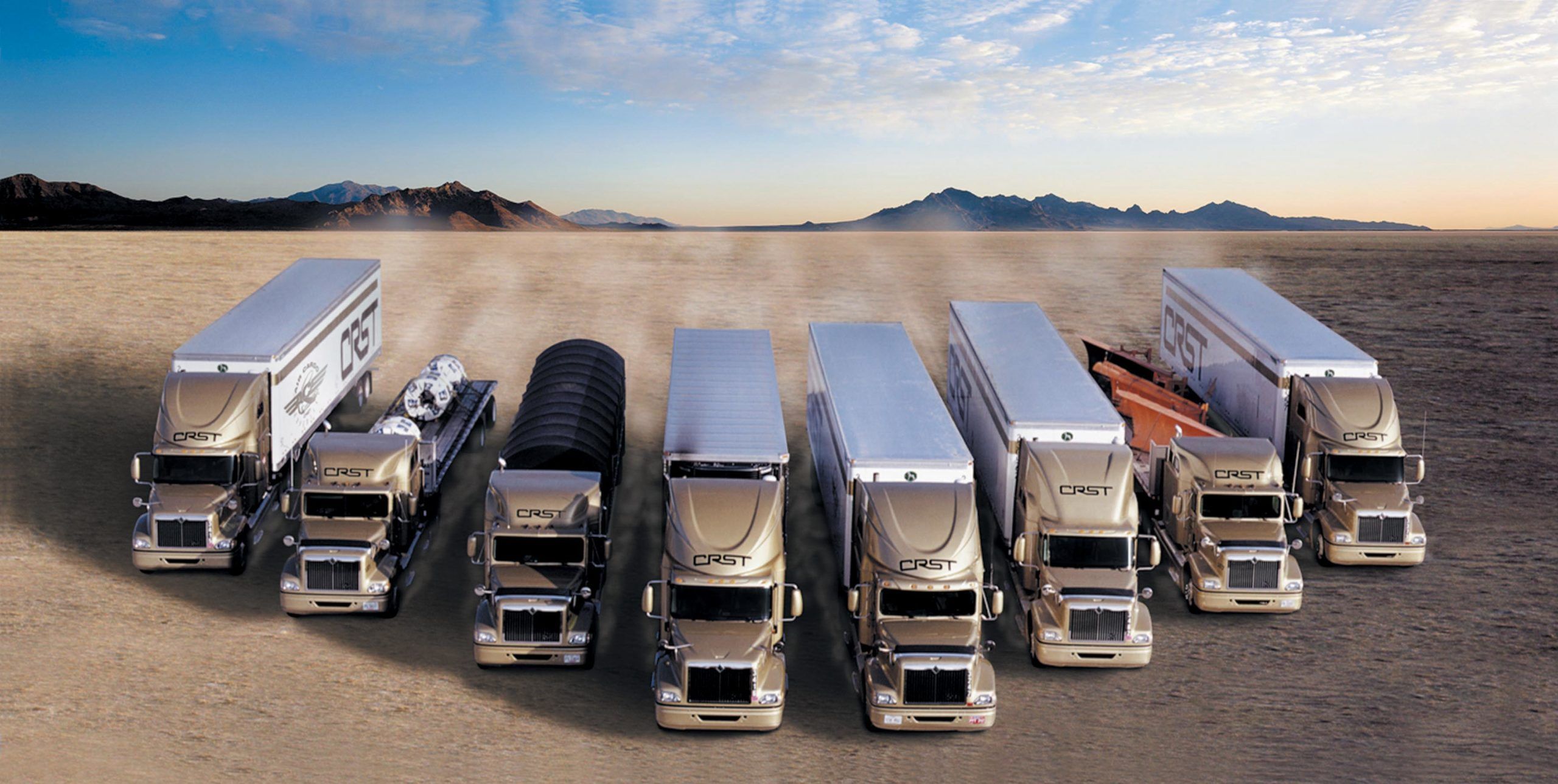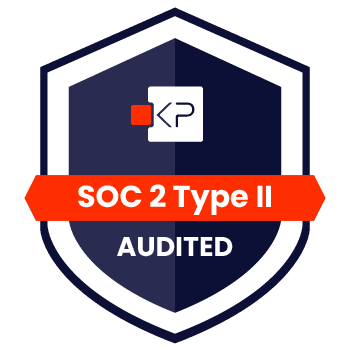Marking and Identifying Motor Vehicles
The US Department of Transportation (USDOT) was established with the mission to ensure our nation has safe, modern, and efficient transport systems, from highways to railroads to public transit. This includes an agency called the Federal Motor Carrier Safety Administration (FMCSA) that regulates the commercial driving industry in an effort to reduce accident and injury. An essential part of this work is monitoring the commercial vehicles on the road, as well as the companies and independent contractors that own and oversee them.
Driving a commercial vehicle comes with a certain amount of responsibility. Among these responsibilities is proper identification. Every commercial motor vehicle (CMV) on the road over 10,000lbs must be identified with certain markings, which must contain the following information, as outlined by the Federal Motor Carrier Safety Administration .

What are the Vehicle Marking Requirements?
Anyone required to have a US DOT number is also required to mark their vehicles.
In general. every self-propelled CMV, as defined in §390.5, subject to subchapter B of this chapter must be marked as specified in paragraphs (b), (c), and (d) of this section.
Under Federal law, any truck or vehicle that is involved in interstate commerce (whether trade or transportation) must have a USDOT number when one or more of these standards apply:
According to the FMCSA website, you are required to obtain a USDOT number if you have a vehicle that:
- Is used to transport the types and quantities of hazardous materials requiring a safety permit in intrastate commerce (see 49 CFR 385.403).
OR
- Has a gross vehicle weight rating or gross combination weight rating, or gross vehicle weight or gross combination weight, of 4,536 kg (10,001 pounds) or more, whichever is greater; or
- Is designed or used to transport more than 8 passengers (including the driver) for compensation; or
- Is designed or used to transport more than 15 passengers, including the driver, and is not used to transport passengers for compensation
AND is involved in Interstate Commerce:
Trade, traffic, or transportation in the United States—
- Between a place in a State and a place outside of such State (including a place outside of the United States);
- Between two places in a State through another State or a place outside of the United States; or
- Between two places in a State as part of trade, traffic, or transportation originating or terminating outside the State or the United States.
No matter how many trucks are owned by a company, they will all have the same USDOT number. This is because the number is used to track accident investigations, inspections, audits, and compliance with USDOT regulations. The USDOT number means a company or independent contractor can be evaluated easily and that information about compliance and operations is open to the public.
Every 24 months the carrier is required to file reports with the USDOT for their number to continue to be valid. A truck accident attorney will not only confirm the number is still valid but will also look through the USDOT records to find any issues of noncompliance that may have contributed to an accident with a semi or other commercial vehicle.
What about Displaying Operating Authority (MC Number)?
The marking rules no longer allow federally regulated for-hire carriers to continue displaying their Motor Carrier (MC) number instead of the USDOT number for identification. The regulations do not require removing the MC number, but carriers are encouraged not to display it on new or repainted CMVs.
This change has created questions about the role and function of the MC number issued to for-hire carriers when they are granted operating authority. This number, also known as an “ICC MC” number, has long been required to be displayed on the vehicle to identify “regulated” carriers under the jurisdiction of the Interstate Commerce Commission (ICC). Note: If you are in California, do not get this MC number confused with a Motor Carrier Permit (MCP) which is authority for-hire issued by the California Highway Patrol.
The MC number, assigned when authority is granted, is used to identify carriers operating legally under these economic requirements. It has allowed the FMCSA, process agents, insurance companies, and a shipper to verify the status of a carrier’s insurance coverage and ensure that freight is being tendered to a legally licensed and insured carrier. So, even though this number is no longer displayed on the vehicle, all for-hire carriers must still have operating authority and with it an MC number.
Nature of the Markings
The marking must display the following information:
- The legal name or a single trade name of the motor carrier operating the self-propelled CMV, as listed on the motor carrier identification report (Form MCS–150) and submitted in accordance with §390.19.
- The motor carrier identification number issued by the FMCSA, preceded by the letters “USDOT”.
- If the name of any person other than the operating carrier appears on the CMV, the name of the operating carrier must be followed by the information required by paragraphs (b)(1), and (2) of this section, and be preceded by the words “operated by.”
- Other identifying information may be displayed on the vehicle if it is not inconsistent with the information required by this paragraph.
- Each motor carrier shall meet the following requirements pertaining to its operation:
- All CMVs that are part of a motor carrier’s existing fleet on July 3, 2000, and which are marked with an ICCMC number must come into compliance with paragraph (b)(2) of this section by July 3, 2002.
- All CMVs that are part of a motor carrier’s existing fleet on July 3, 2000, and which are not marked with the legal name or a single trade name on both sides of their CMVs, as shown on the Motor Carrier Identification Report, Form MCS–150, must come into compliance with paragraph (b)(1) of this section by July 5, 2005.
- All CMVs added to a motor carrier’s fleet on or after July 3, 2000, must meet the requirements of this section before being put into service and operating on public ways.
Size, shape, location, and color of marking.
The marking must—
- Appear on both sides of the self-propelled CMV;
- Be in letters that contrast sharply in color with the background on which the letters are placed;
- Be readily legible, during daylight hours, from a distance of 50 feet (15.24 meters) while the CMV is stationary; and
- Be kept and maintained in a manner that retains the legibility required by paragraph (c)(3) of this section.
Construction and Durability
The marking may be painted on the CMV or may consist of a removable device, if that device meets the identification and legibility requirements of paragraph (c) of this section, and such marking must be maintained as required by paragraph (c)(4) of this section.
Rented CMVs.
A motor carrier operating a self-propelled CMV under a rental agreement having a term not in excess of 30 calendar days meets the requirements of this section if:
- The CMV is marked in accordance with the provisions of paragraphs (b) through (d) of this section; or
- The CMV is marked as set forth in paragraph (e)(2)(i) through (iv) of this section:
- The legal name or a single trade name of the lessor is displayed in accordance with paragraphs (c) and (d) of this section.
- The lessor’s identification number preceded by the letters “USDOT” is displayed in accordance with paragraphs (c) and (d) of this section; and
- The rental agreement entered into by the lessor and the renting motor carrier conspicuously contains the following information:
- The name and complete physical address of the principal place of business of the renting motor carrier;
- The identification number issued the renting motor carrier by the FMCSA, preceded by the letters “USDOT,” if the motor carrier has been issued such a number. In lieu of the identification number required in this paragraph, the following may be shown in the rental agreement:
- Information which indicates whether the motor carrier is engaged in “interstate” or “intrastate” commerce; and
- Information which indicates whether the renting motor carrier is transporting hazardous materials in the rented CMV;
- The sentence: “This lessor cooperates with all Federal, State, and Local law enforcement officials nationwide to provide the identity of customers who operate this rental CMV’; and
- The rental agreement entered into by the lessor and the renting motor carrier is carried on the rental CMV during the full term of the rental agreement. See the leasing at 49 CFR 376 for information that should be included in all leasing documents.
- The rental agreement entered into by the lessor and the renting motor carrier conspicuously contains the following information:
Driveaway Services.
In driveaway services, a removable device may be affixed on both sides or at the rear of a single driven vehicle. In a combination driveaway operation, the device may be affixed on both sides of any one unit or at the rear of the last unit. The removable device must display the legal name or a single trade name of the motor carrier and the motor carrier’s USDOT number.


